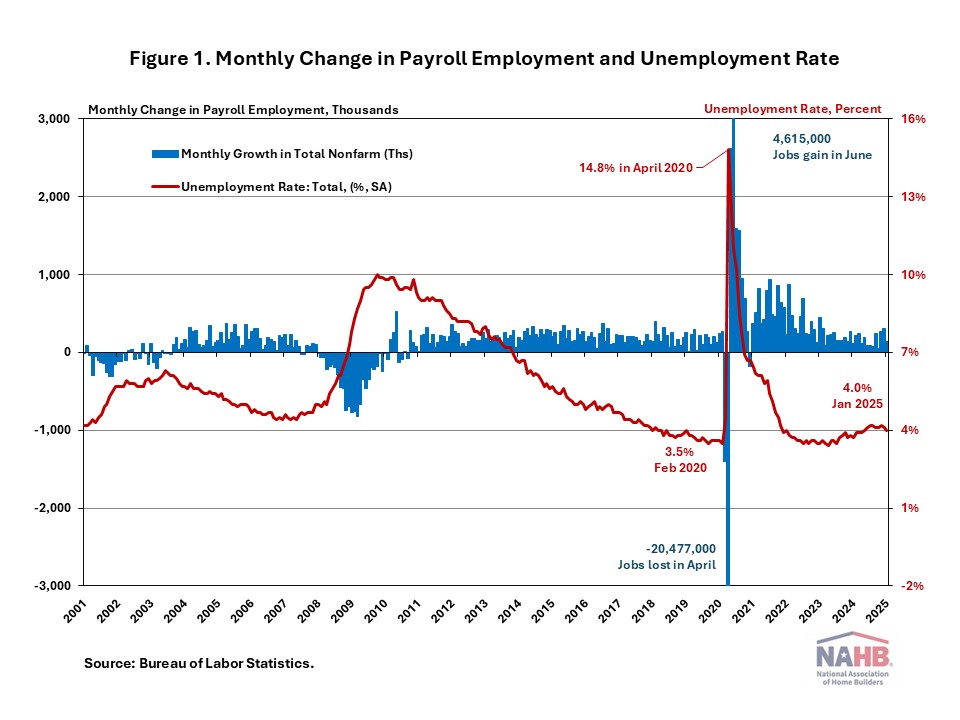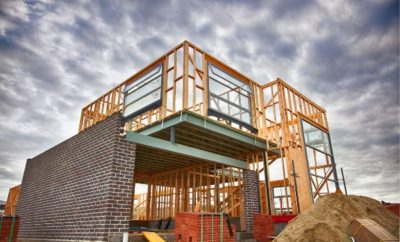
January Job Growth Slows
In January, US job growth slowed due to wildfires in Southern California and poor winter weather across much of the country.
Meanwhile, the jobless rate dipped to 4.0%. According to this month’s data, the job market is slowing in the beginning of 2025, but it remains healthy.
Wage growth in January was flat compared to the previous month. Wages increased by 4.1% year on year, a decrease of 0.2 percentage points from the previous year.
Wage growth is surpassing inflation, which happens when productivity rises.
According to the yearly benchmark adjustment of the Current Employment Statistics (CES), seasonally adjusted total nonfarm employment for March 2024 was reduced by 589,000. The average monthly rate of job growth for 2024 has been lowered down from 186,000 to 166,000.

Employment on the national level
According to the Bureau of Labor Statistics’ (BLS) Employment Situation Summary, total nonfarm payroll employment increased by 143,000 in January, the smallest monthly increase in the previous three months.
Since January 2021, the US labor market has added jobs for 49 consecutive months, making it the third-longest streak of employment growth on record.
The preceding two months’ estimates were revised upward. The monthly change in total nonfarm payroll employment for November was revised up by 49,000, from +212,000 to +261,000, and for December, it was increased up by 51,000, from +256,000 to +307,000.
The modifications totaled 100,000 more than previously stated.
After adjusting for yearly population restrictions, the unemployment rate fell to 4.0% in January.
While the number of employed people grew by 2,234,000, the number of unemployed people fell by 37,000.
Meanwhile, the labor force participation rate—the proportion of the population seeking for work or already working—increased by one percentage point to 62.6%.
The participation rate for adults aged 25 to 54 increased by one percentage point to 83.5%.
While the total labor force participation rate remains below pre-pandemic levels of 63.3% in early 2020, the rate for those aged 25 to 54 exceeds the pre-pandemic level of 83.1%.
In January, employment in health care (+44,000), retail commerce (+34,000), and social assistance (+22,000) increased, while employment in mining, quarrying, and oil and gas extraction decreased.
Construction jobs
Employment in the total construction sector climbed by 4,000 in January, following 13,000 gains in December. While residential construction shed 200 positions, non-residential construction employment increased by 4,400 during the month.
In January, residential construction employment totaled 3.4 million, with 956,000 builders and 2.4 million home specialty trade contractors.
The six-month moving average of residential construction employment gains was 1,350 per month.
Home builders and remodelers created 40,100 net new jobs over the last year.
Residential construction employment has increased by 1,376,600 positions during the Great Recession.
Construction workers’ unemployment rate has remained reasonably low, having reached 15.3% in April 2020 as a result of the COVID-19 pandemic’s influence on home demand.
[Read more about this story on Eyeonhousing.org]












